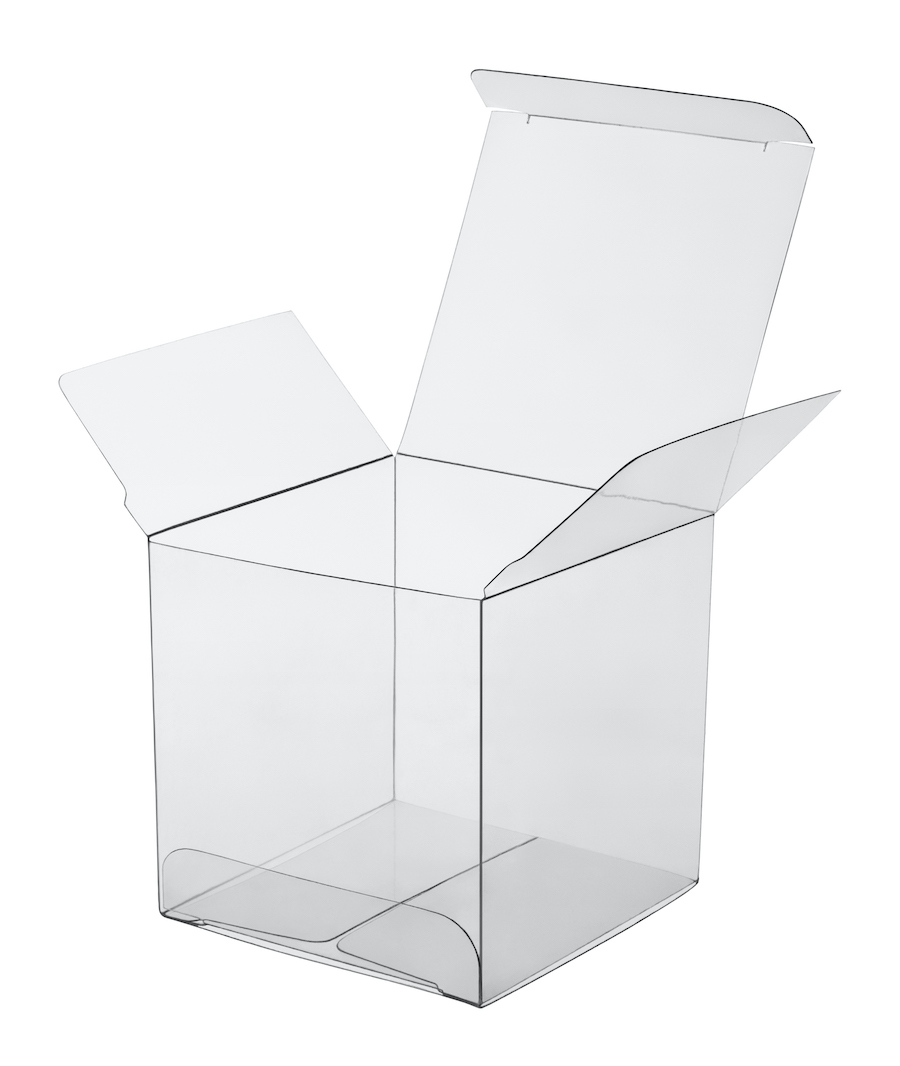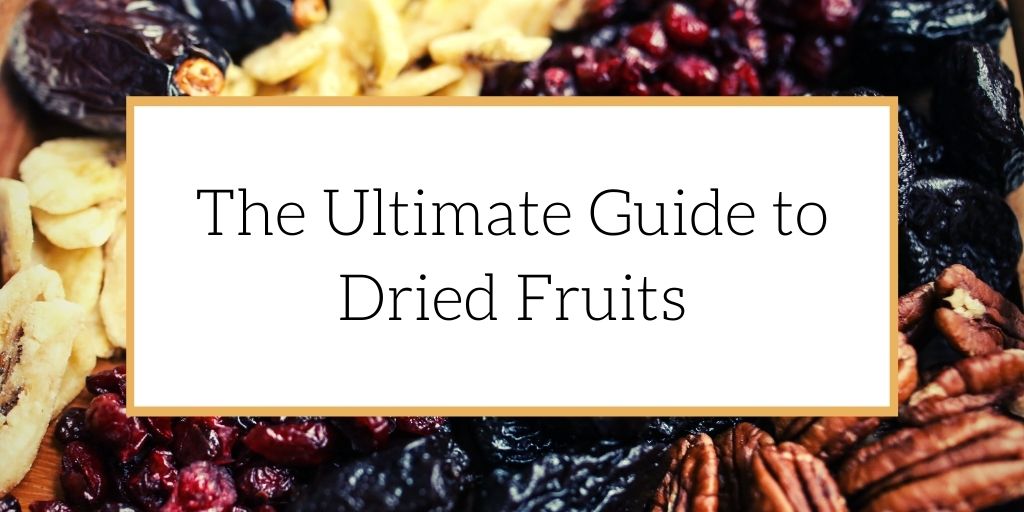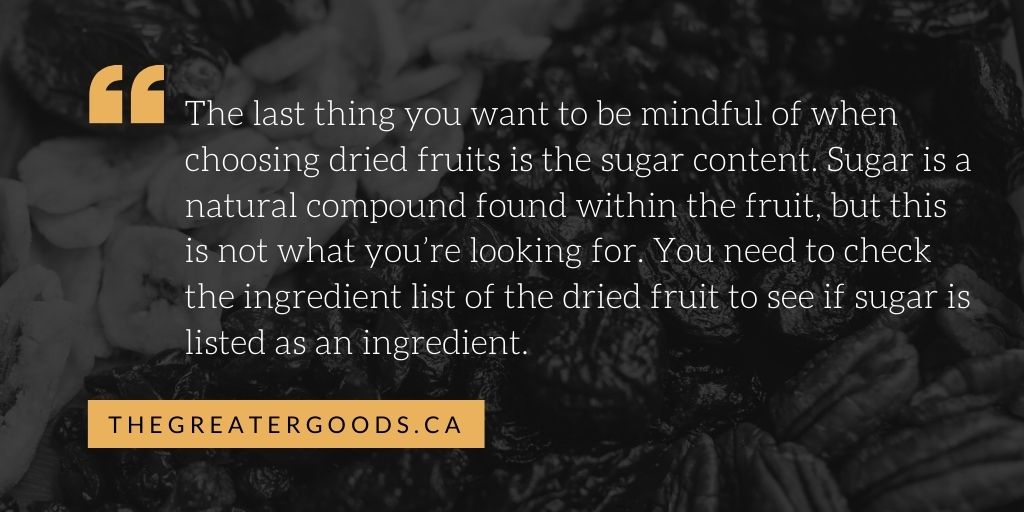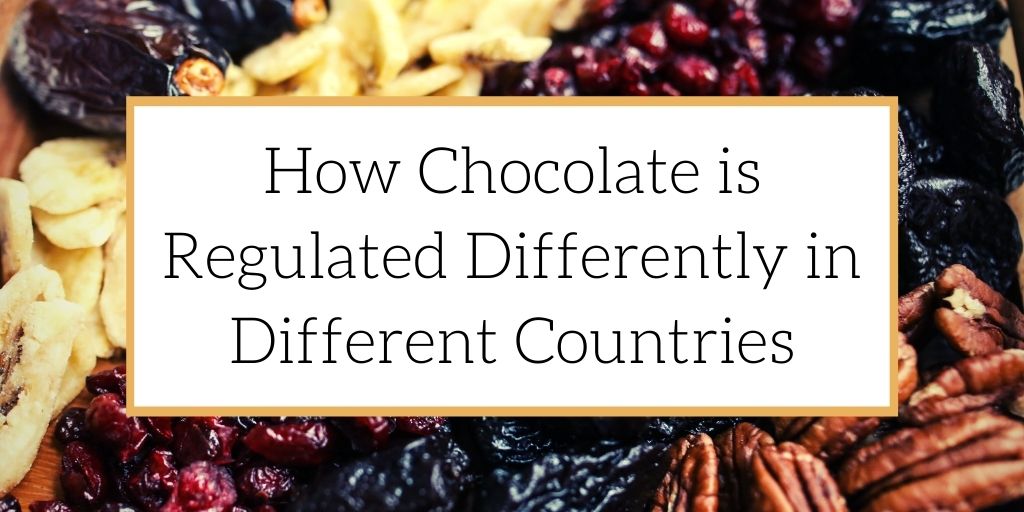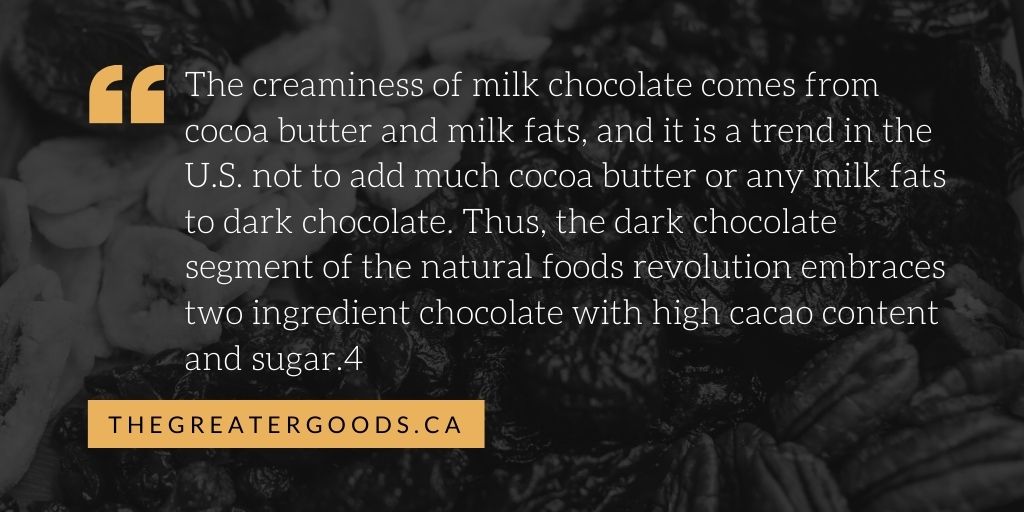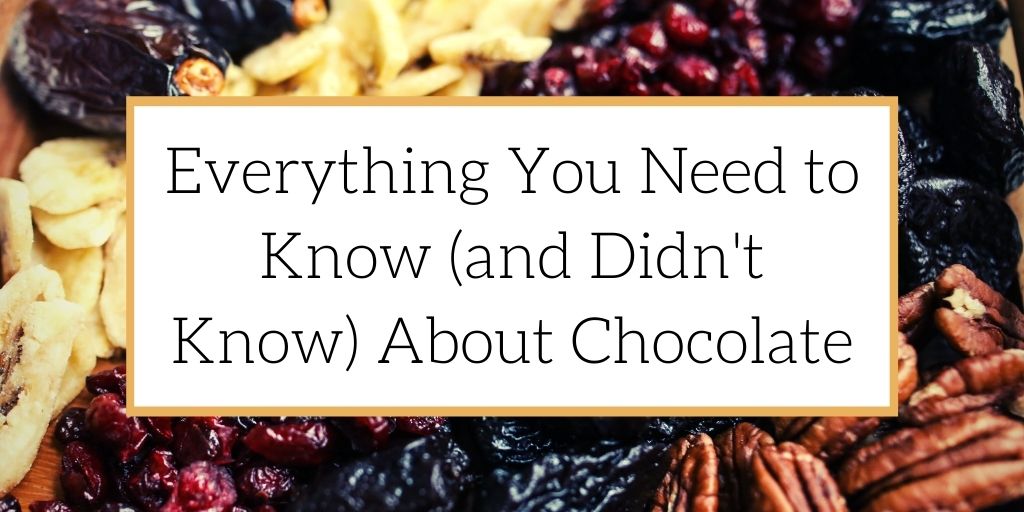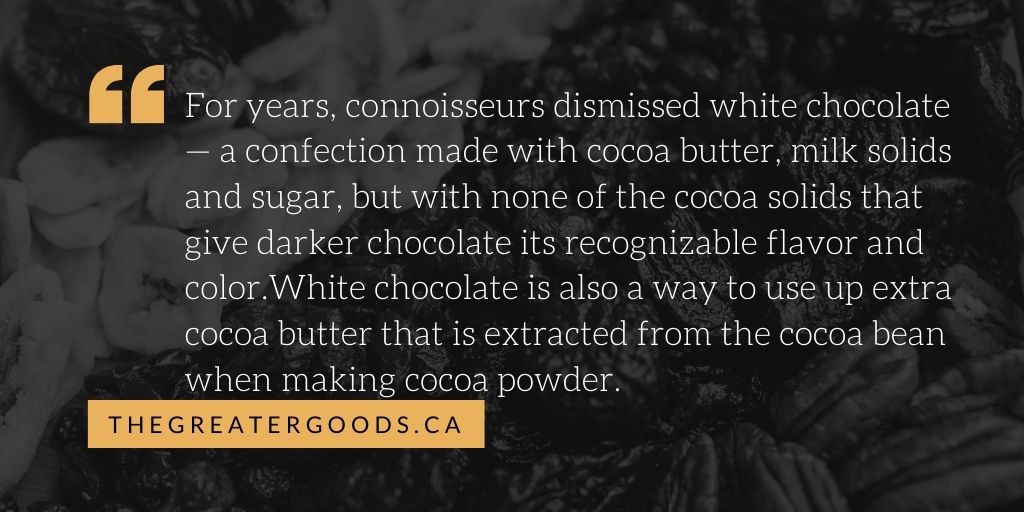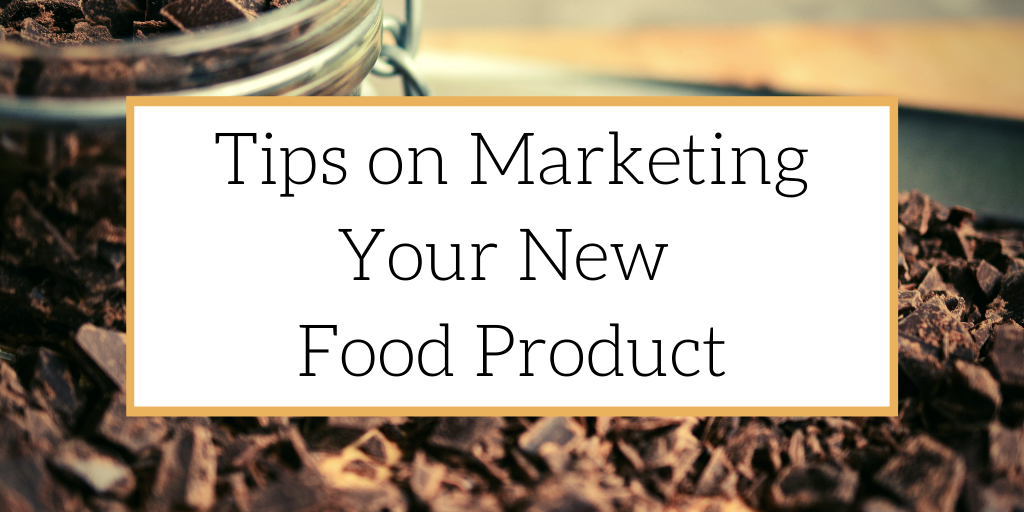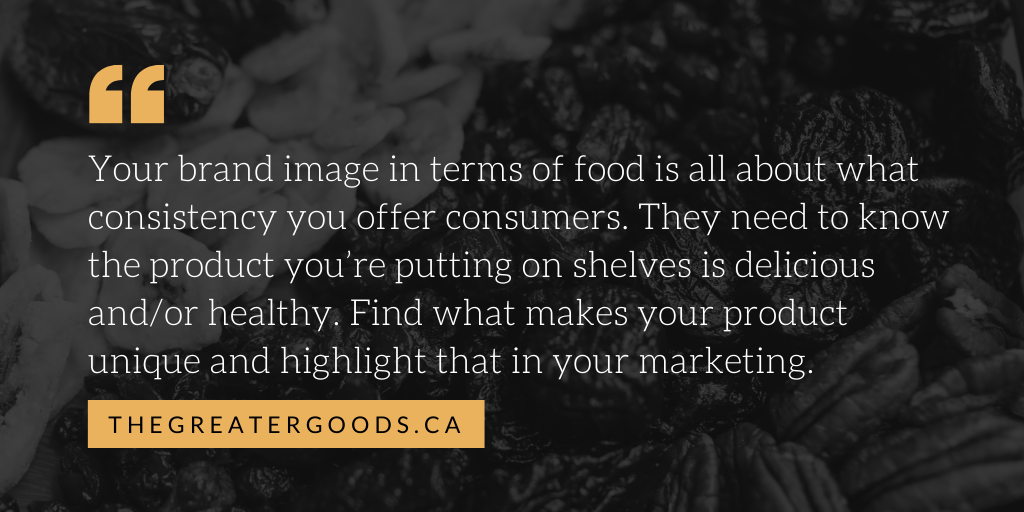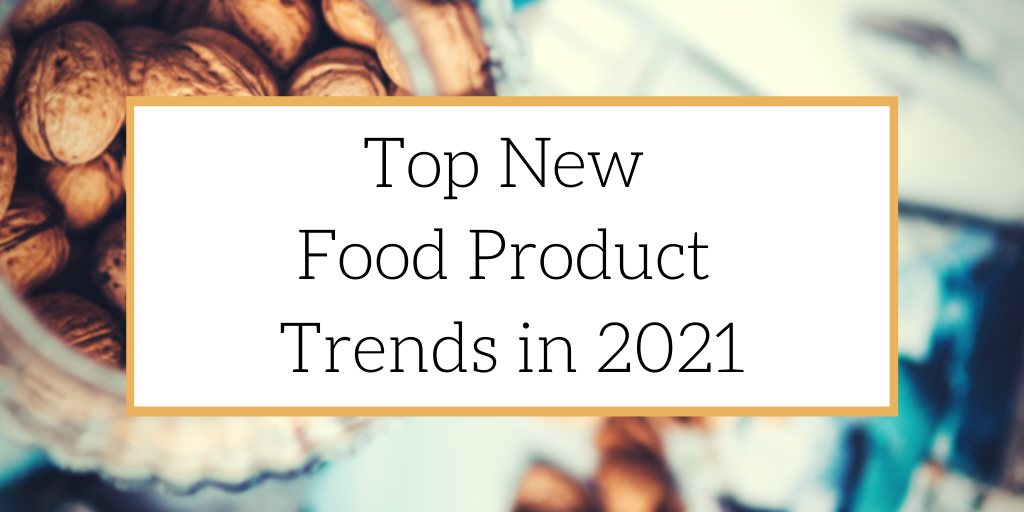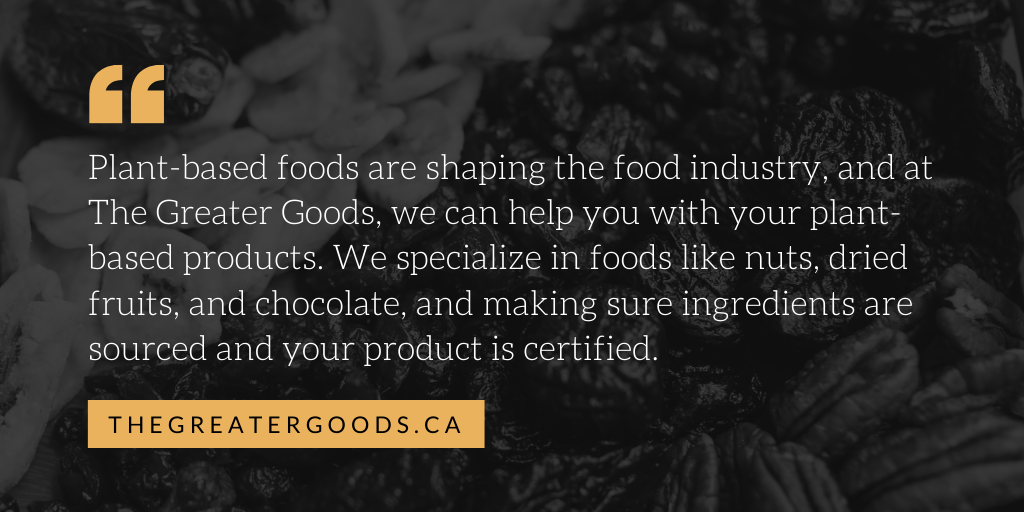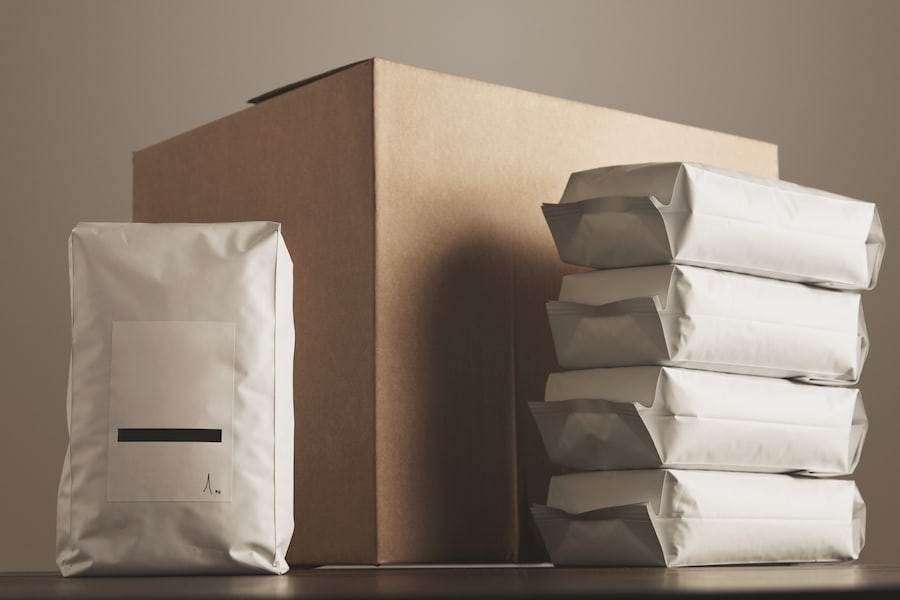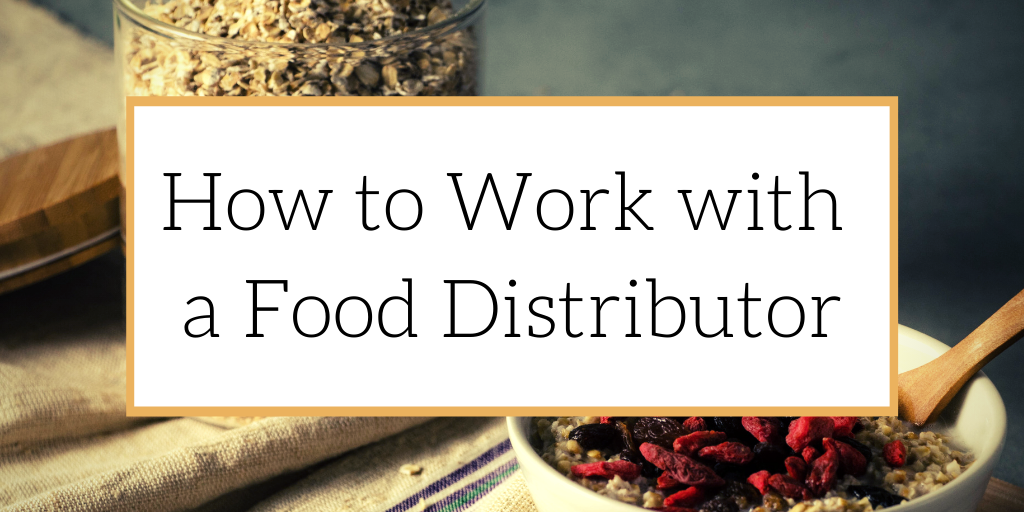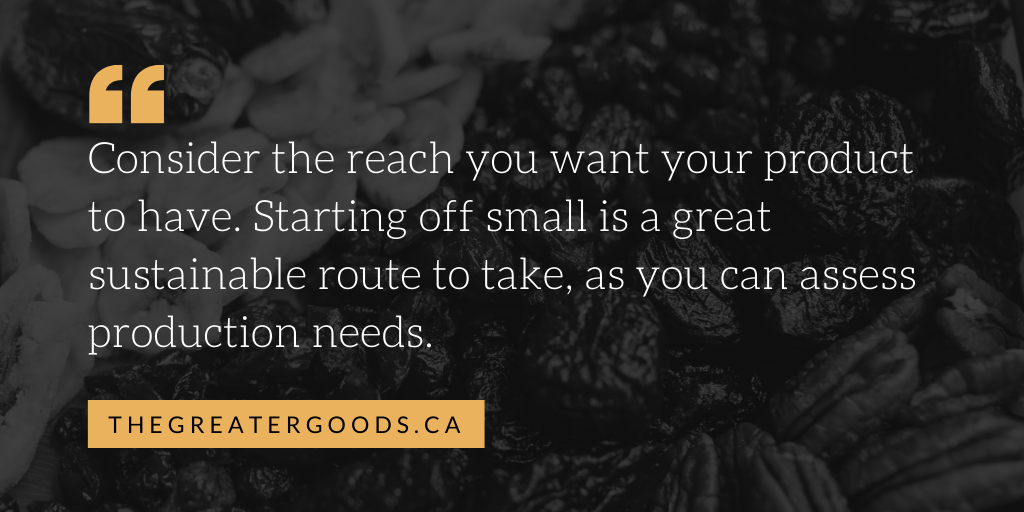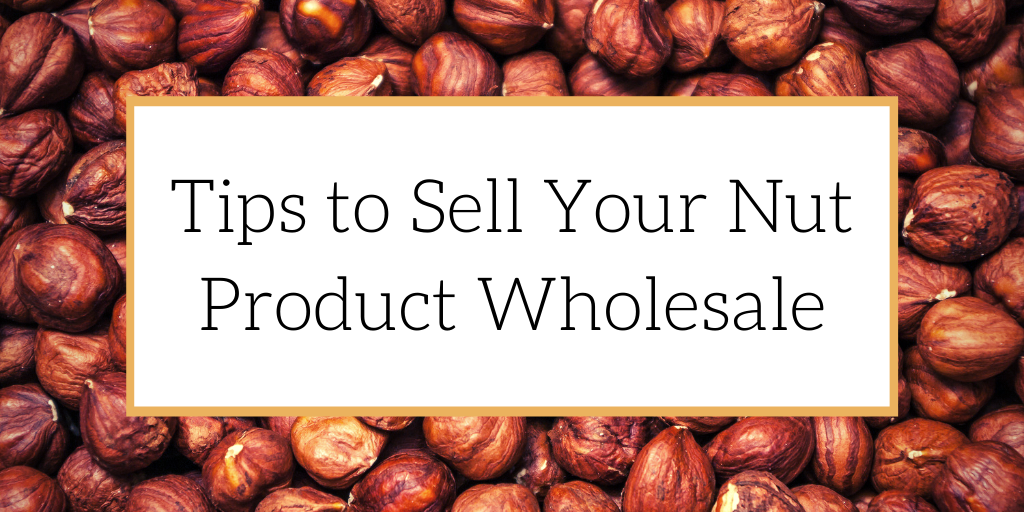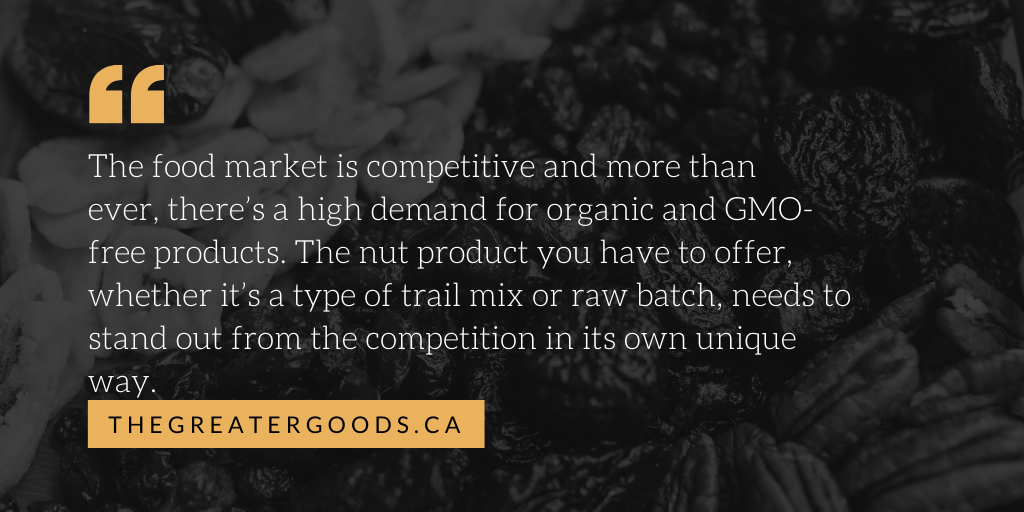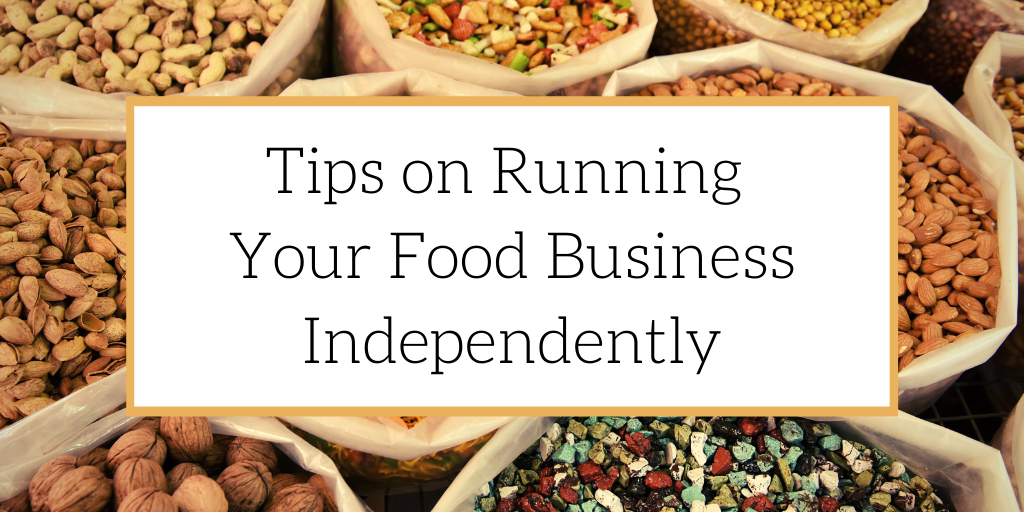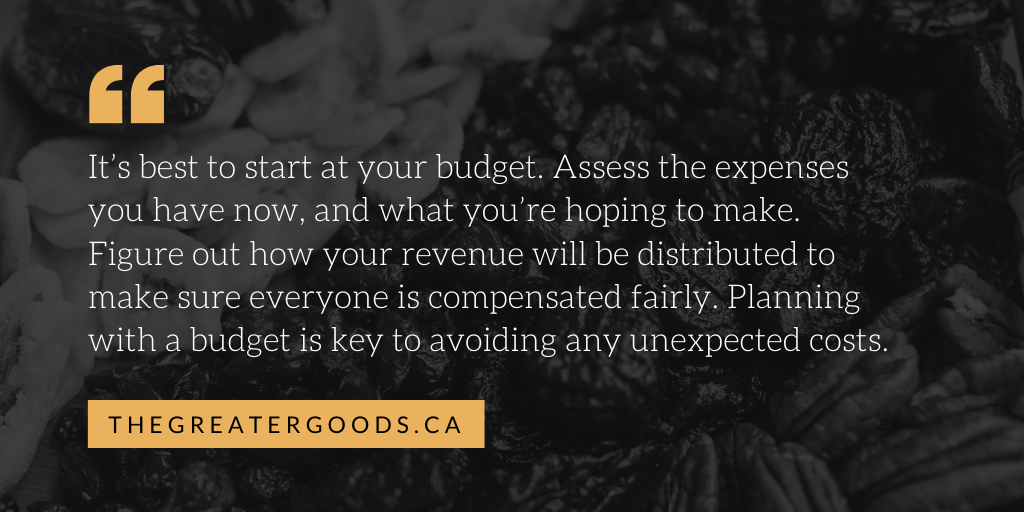It’s so important to align your food packaging and design with your branding. Using packaging to convey a message that is consistent with other branding will help you attract your intended customers, while also creating a sense of brand loyalty. Syncing your branding and packaging also makes it easy for customers to quickly identify your products. In your efforts, it’s helpful to work with a food broker to find the best food packaging at the best price. Don’t be limited by your own budget when searching for the right packaging: your food broker can help you meet your packaging goals at a cost you can afford.
Food Packaging Is a Marketing Tool
Think of your food packaging like you would think of any business sign, business card or advertisement: it’s a marketing tool that can be used to build your customer base and tip-off customers to the kind of products your business produces. Well-made and nicely designed food packaging reveals to customers what kind of experience they can anticipate having when they purchase and consume your products, whatever those products are.
Know Your Brand Before Designing Your Packaging
It’s very important to design your product packaging around your brand, and that’s why it’s important to design your brand before creating the packaging. You may decide to work with a professional marketing agency or brand designer on this project. Branding is the colour, look and feel of your product or services – but it’s more than that, too. Your company’s brand is like its face to the world. Brand conveys abstract ideas like character, quality and company values. All of these ideas should be reinforced with your company packaging.
Steps to Keep Packaging In-Line With Branding
So how can you sync your packaging and branding?
- Include your logo. Put your logo on all of your packages in a prominent position where it can be easily recognized.
- Remain consistent across other marketing efforts. Hold up your product packages to compare them. Shapes, colours, images – all should be consistent, or at least, should be related. If you’re working with a packaging artist, they should be able to maintain this consistency from one package to another. Your food broker can help you find a package designer that can help with this.
- Use consistent typeface or fonts. Letter shapes can convey as much meaning as actual words! Use a consistent family of fonts from one package to another.
- Make updates to your food packaging as you make updates to your branding. A mature company may go through rebranding from time to time. If this happens to your company, bring your food packaging up to speed.
Contact a Food Broker
It’s important to partner with a food packaging provider that can help you bring your packaging goals to fruition. A good first step in finding the right packaging is to align with a food broker that can help. To get started today, contact The Greater Goods for a free consultation.
